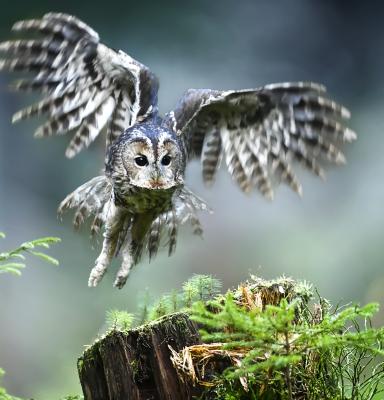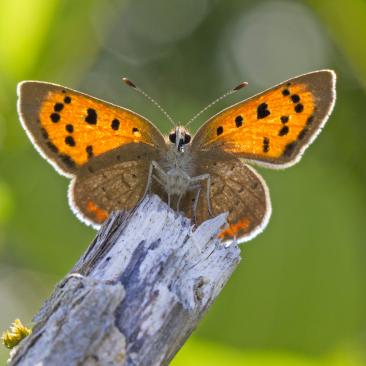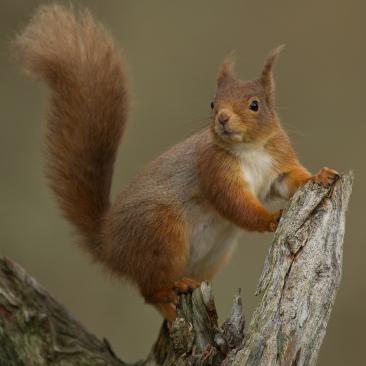
Forests are incredibly diverse ecosystems, home to two thirds of biodiversity on land. They represent a beautifully balanced system where soil, plants, and animals all depend on each other to thrive. Biodiversity is also crucial to the health of forests and their resilience to climate change.
We know that we need healthy, resilient forests to tackle the climate and biodiversity crises but, despite this, forests and the species which rely on them continue to be threatened by deforestation and forest degradation.
More than 12 million hectares of forest are lost each year– that is the size of about 150 tennis courts every minute.

How does FSC help?
Responsible forestry is a fundamental tool to tackle biodiversity loss and safeguard our planet for future generations. Actively managed forests often support significant levels of biodiversity and FSC’s forestry standards assure the highest biodiversity protection currently available for commercial forestry. They require forest managers to enhance, conserve, or restore ecosystem services and repair any negative environmental impacts. FSC’s standards help to tackle the climate and biodiversity crises as interconnected, ever-evolving challenges. It is also the only forest certification system that requires managers to protect or enhance areas with High Conservation Values. These include rare, threatened, or endangered species and habitats, and critical ecosystem services (the benefits humans derive from nature).
FSC requires organisations to demonstrate they are not converting natural forests to plantations, or other land uses, and they are not converting plantations to non-forest land use. They must also demonstrate their conservation and restoration efforts and prevent negative impacts of management activities on the forest ecosystems, and to mitigate and repair those that occur.
A WWF study conducted in the Peruvian Amazon showed that FSC-certified concessions have a greater species richness than that of non-FSC logging concessions. Another study supported by WWF in the Congo Basin found a higher abundance of large and medium sized mammals and endangered species in FSC-certified forests, compared to non-certified areas. The encounter rates observed of large mammals in FSC-certified forests were also comparable to protected areas.
Find out more about FSC-certified forests here.

FSC Verified Impact
FSC has also developed tools for rewarding forest owners and managers for the protection of forest ecosystem services, through FSC Verified Impacts . This helps forest managers and owners to measure the benefits their forests provide, including biodiversity protection. FSC Verified Impact is the first of its kind to quantify the value of biodiversity and the positive impact of forest stewardship on ecosystems This pioneering solution enables forest managers to verify the data they collect on important aspects such as abundance of certain species, species diversity, natural forest cover, and intact forest landscapes. This enables them to make strong claims about the forest’s intangible value, which can be used to unlock private sector funding to continue restoring biodiversity in certified forests.
Find out more about FSC Verified Impact.
